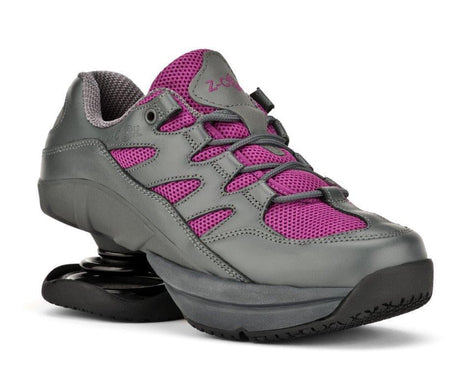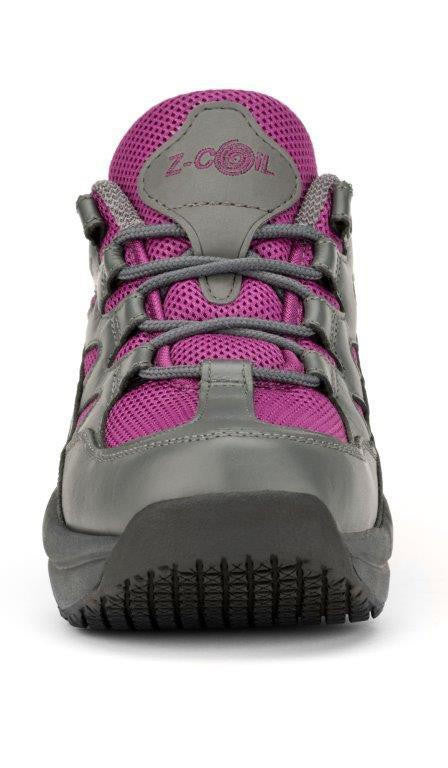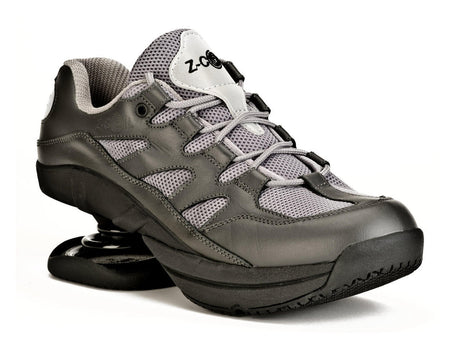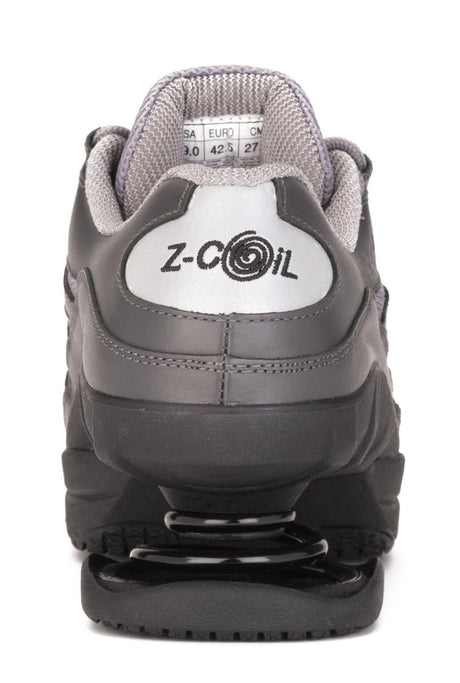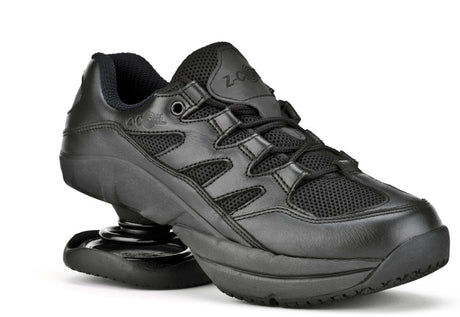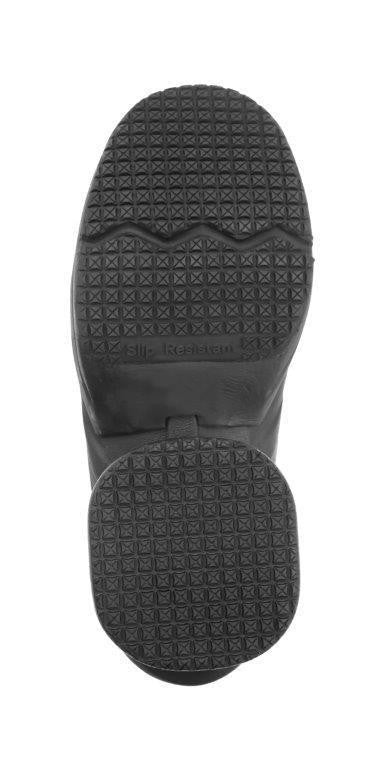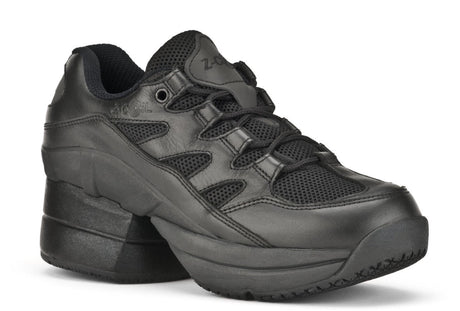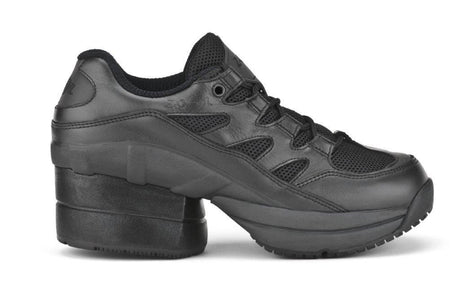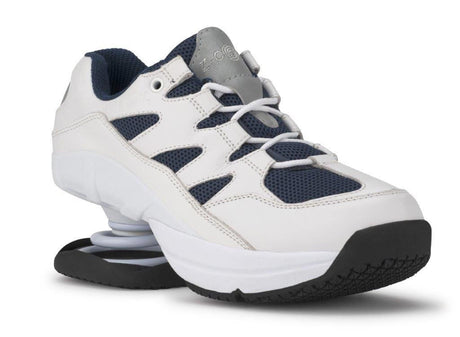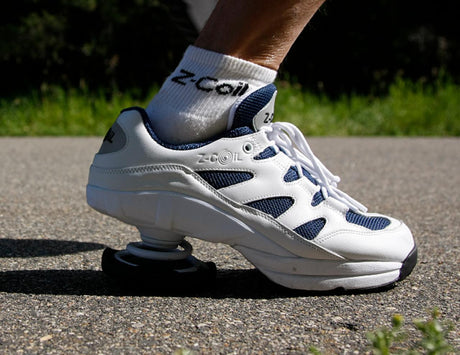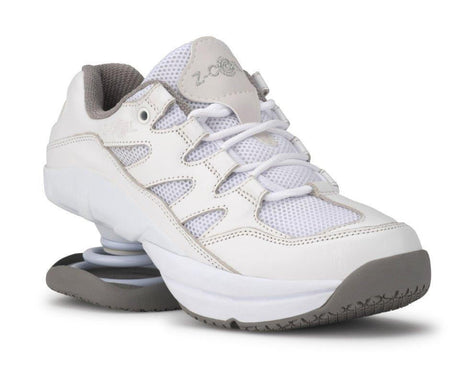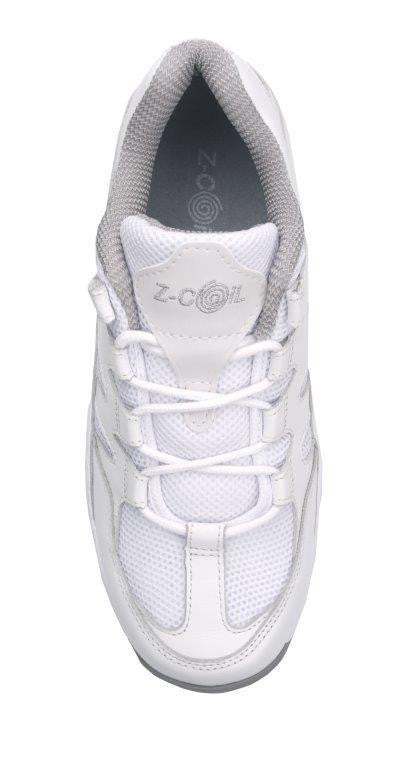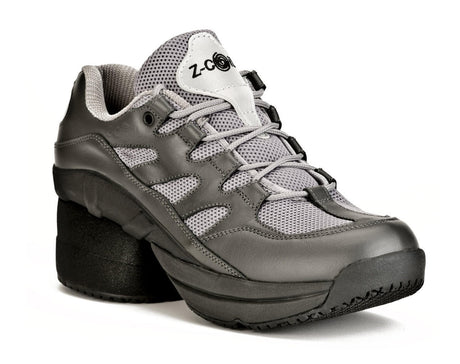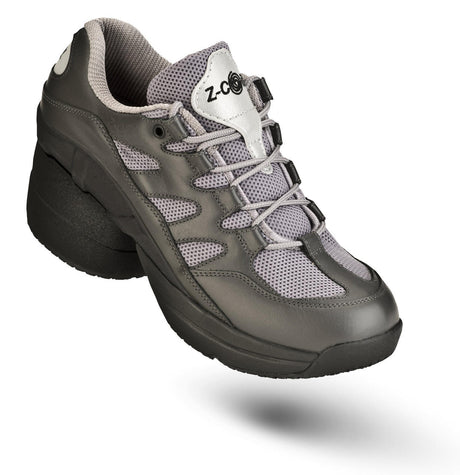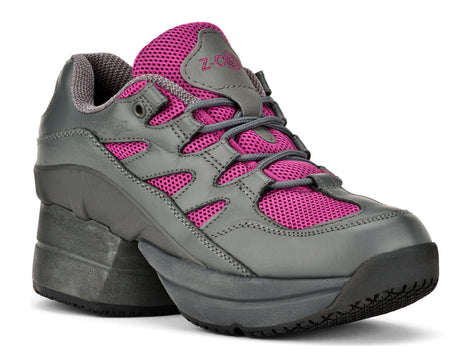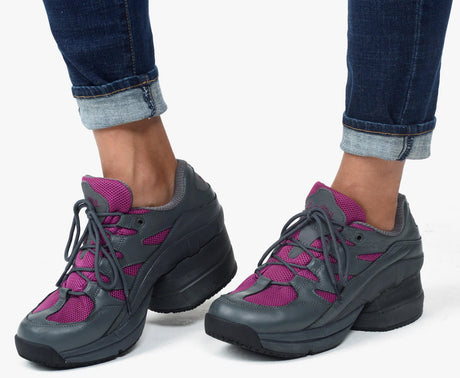
If you’ve been following our Walking Is Living series, you know the importance of walking regularly to stay healthy, and you’ve gotten some tips on how to develop a walking habit. Next, we’ll review some essential gear you’ll need to be a regular walker.
Shoes: it all starts with the right shoes. If you’re going to walk regularly, and increase the length and intensity of your walks, then you need proper footwear. You need shoes that properly support your plantar ligaments (the bottom of your foot), as well as absorb the shock of your foot striking hard surfaces. Z-CoiL Pain Relief Footwear does exactly that.
Insoles: if you have high or even medium arches, you might consider getting insoles that will give you proper arch support. You’ll be able to walk longer and farther if your arches are supported. If you’re not sure what kind of support your need, try our Z-Fit Custom Arch Insole which allows you to adjust the height of your arch support.
Socks: having the right socks makes all the difference. You want socks that are comfortable with extra padding that will protect your feet from blisters. Ideally, your socks will draw off moisture — you don’t want wet, sweaty feet slowing you down. Our Z-CoiL Comfort Socks are made of Rayon, a bamboo fiber that is excellent at temperature control and wicking away sweat, keeping your feet cool in the summer and warm in the winter.
Layered Clothing: be prepared for temperature changes by wearing several layers of loose-fitting clothing on cooler days that you can easily put on or take off and tie around your waist.
Sunscreen: keep your skin safe on sunny days by putting on sunscreen before you head out on your walk.
Water Bottle: on hot days, or even on cool days when you are walking long distances, bring a water bottle to stay hydrated and prevent heatstroke.
Safety Gear: be sure to wear bright clothes or reflective tape so you’re visible to cars from a distance. At night, you may want to even want to attach a small blinking light to your clothing if you plan on walking near busy roads.
Activity Tracker: as you get more serious about your daily walking circuit, adding an activity tracker like a Fitbit can help you measure the time, distance, steps and calories burned, giving you valuable feedback that will help you keep advancing your goals.
Cell Phone: you hopefully won’t ever need it, but if you get in trouble, it’s good to be able to call 911 quickly.
Trekking Poles: if you plan on walking long distances, or expect to go over uneven terrain, trekking poles can help you maintain your balance so you can keep a quick pace. Plus, certain walking poles can help you remember proper arm motion, so your upper body gets a workout too.
Now that you’re all geared up, you’re ready to start your walking adventure. Remember, it’s never too late to start a walking routine. It really is true that the journey to better help starts with one step.

